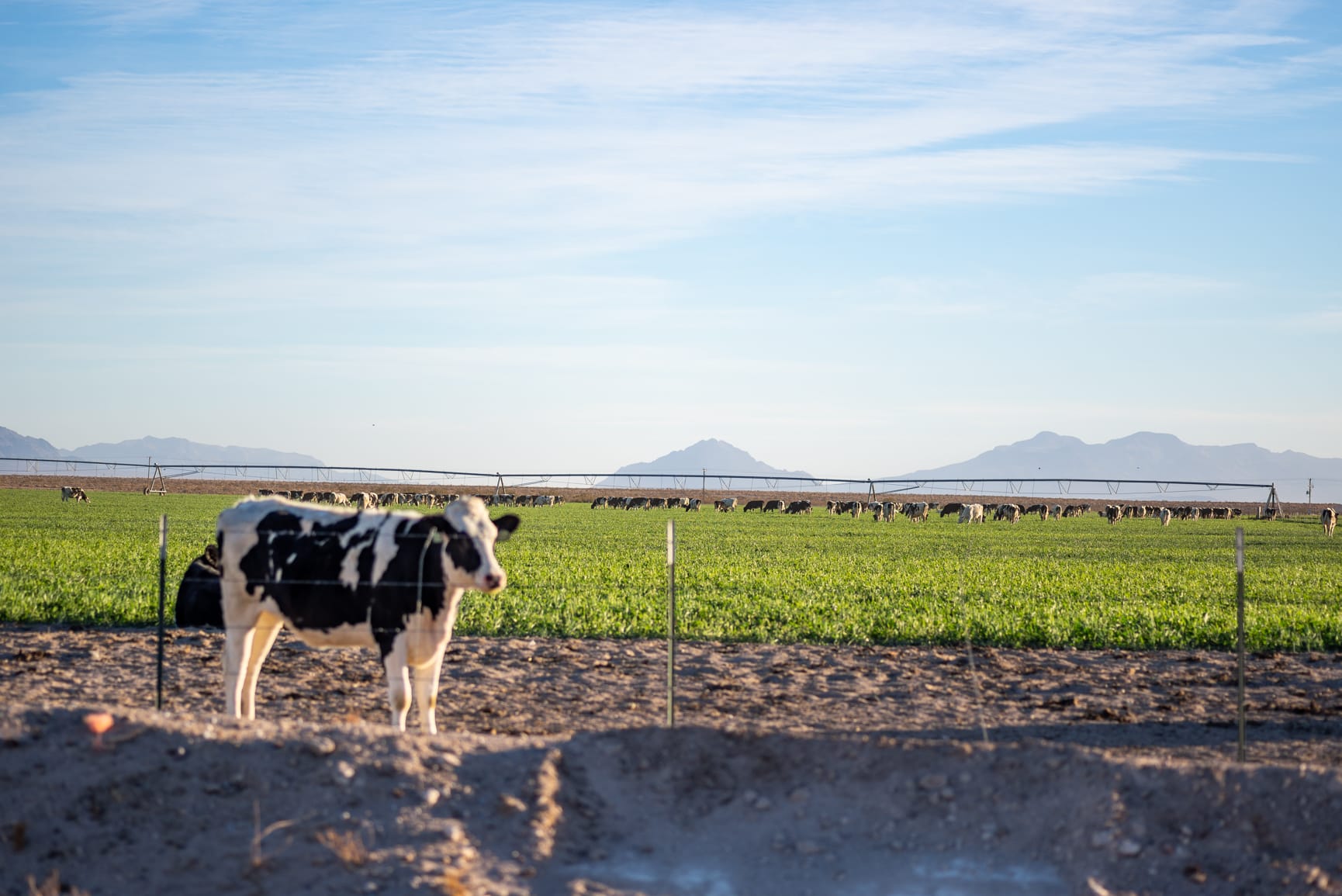The discovery of a novel H5N1 bird flu strain in Nevada dairy cattle has sparked new concerns among public health officials about the virus’s spread and adaptation. This marks the first recorded instance of the virus infecting cattle, shifting the narrative of the disease from predominantly poultry-related outbreaks to a cross-species health concern. The emergence of this strain, named D1.1, could have significant implications for animal farming, public health, and efforts to contain viral transmission across the United States and beyond.
According to the Nevada Department of Agriculture and the U.S. Department of Agriculture (USDA), milk samples from six dairy herds in Nevada tested positive for this new strain of H5N1, an avian influenza virus previously responsible for serious outbreaks in birds and sporadic but severe human cases. Genetic sequencing revealed that this strain differs from earlier versions of the virus that have been circulating since late 2023.
The spillover to dairy cattle has raised several questions for researchers and epidemiologists. Bird flu typically infects avian species, primarily wild birds and poultry, with minimal cases of transmission to other species. The confirmation of its occurrence in cattle suggests an evolution of the virus, potentially facilitated by close proximity between wildlife and livestock. Some experts believe migratory starlings, which commonly interact with dairy farms, may have introduced the virus to cows.
Officials report that the infections were first detected during routine milk testing conducted as part of the National Milk Testing Strategy. Early interventions were crucial in identifying the presence of the virus before visible symptoms emerged in cattle. Researchers emphasize that while no cases of direct human infection from the new cattle-adapted virus have been reported thus far, the potential remains for mutations that could facilitate such cross-species transmission.
This outbreak comes after a challenging year for global avian influenza management. Since late 2023, the United States has reported several outbreaks of different H5N1 genotypes, affecting not only poultry industries but also wild birds, small mammals, and now livestock. The USDA has confirmed infections in more than 950 poultry and dairy herds across 16 states, with Nevada being a recent addition.
In response, agricultural and health authorities are reinforcing biosecurity protocols in dairy and poultry operations to prevent further spread. Measures include restricting human and poultry access to dairy facilities, enhancing surveillance in surrounding wildlife, and isolating infected herds. Producers in Nevada have been advised to heighten sanitation practices and to monitor livestock for any unusual symptoms.
Compounding the challenges is the lack of a universal vaccine for H5N1 that effectively covers all its evolving strains. Vaccination campaigns in poultry have been challenging, and experts warn that extending such measures to cattle could face biological and logistical difficulties. Efforts are underway to develop multivalent vaccines capable of combating the diverse genetic variations of H5N1.
The economic impacts of this new development could be significant. The dairy industry, already impacted by inflationary pressures and fluctuating demand, could face added costs for testing, quarantines, and potential losses of infected animals. Additionally, public concern over food safety and potential zoonotic risks may impact consumer confidence in dairy products.
Globally, this incident highlights the persistent threat posed by avian influenza viruses, which continue to demonstrate a capacity for adaptation and interspecies transmission. Health organizations such as the Centers for Disease Control and Prevention (CDC) and the World Health Organization (WHO) are closely monitoring these developments to evaluate the risk factors for broader outbreaks.
For now, authorities stress that the U.S. milk supply remains safe for consumption. Pasteurization processes effectively neutralize the virus, and there is no evidence suggesting it can be transmitted through milk. State and federal agencies have reiterated their commitment to transparency and public health protection as investigations and response measures proceed.
The Nevada case serves as a reminder of the dynamic nature of zoonotic diseases in a globalized world. As industrial farming intersects with ecosystems inhabited by wildlife, maintaining vigilant surveillance and ensuring robust emergency response systems will be critical to mitigating future outbreaks. While the full implications of this discovery are yet to unfold, it underscores the ongoing necessity of a coordinated, multidisciplinary approach to disease management.


